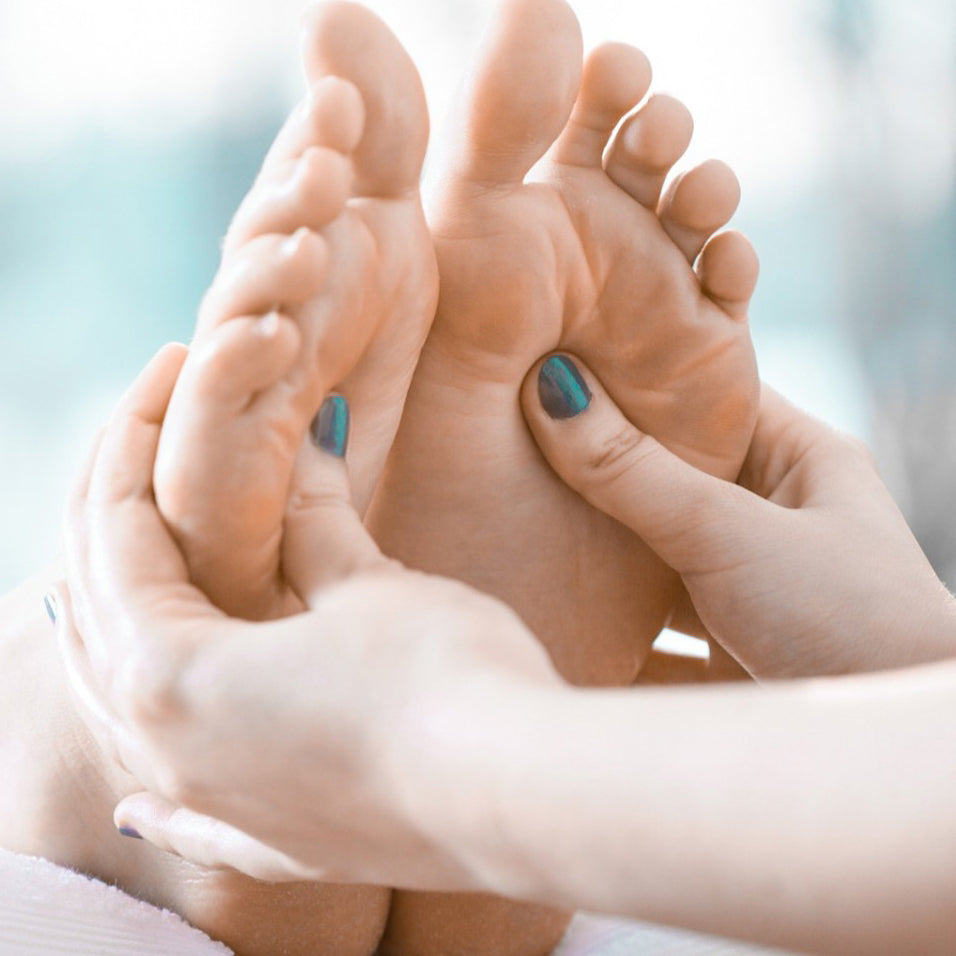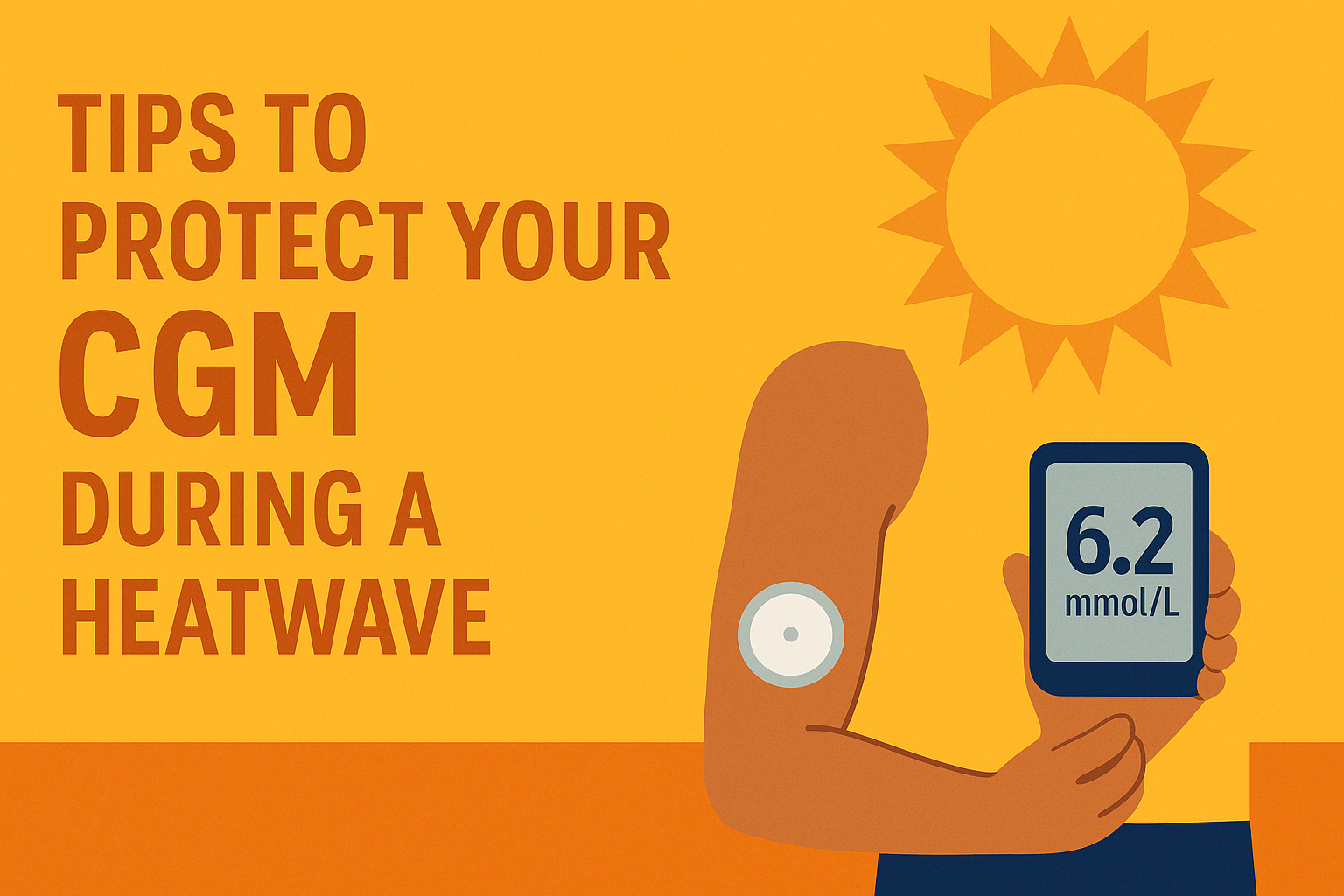
| Blogs and publications on this website are independent of any involvement by medtech companies or diabetes related charities. To ensure there is no bias, we do not accept any products, freebies or other material from any medtech provider. All materials are copyright©️Love My Libre Ltd. |
***
Since the pandemic many of us have struggled to get face-to-face access to diabetes support. Caring for our feet and the annual foot check may have been missed so this blog will give you tips for how to keep your feet healthy.
Taking care of our feet and toes
You’re probably aware that with diabetes you are more likely to develop foot problems which can have very significant consequences, some of which we explain further on in this article. You will see that keeping a check on your feet is very important and ideally it should be a part of a PWD’s* daily routine. It may be something you do at the start of the day after a morning shower, or perhaps when you get home from work and take your shoes off!
*person with diabetes
Tips for healthy feet
We have given you our top 10 tips here to help you look after your feet and don't forget foot issues can affect those with diabetes who are young or older...

1. Wash and check your feet every day
Use a mild soap in warm water and ensure feet are dried thoroughly, paying particular attention to the areas in between the toes. This is where bacterial infections can start if the area is too moist.
Be aware that if you soak the feet for too long, they are more likely to get damaged and remember, some foot problems may only become evident from frequent checking where you can see changes or a difference in the skin.

2. Moisture the feet and toes
Try to moisturise the feet after washing them using a non-perfumed product. You should avoid putting moisturiser between the toes. This is because, in general, this area will be moist and further moisturising can cause fungal infections, if the area is not completely dry.
It's best to avoid using talcum powder as this could also cause excessive dryness.
If you have neuropathy (see complications below), you may not feel any infection or skin irritation.

3. Cutting nails
Avoid cutting nails too short or too deep. Cut them straight across and file the edges. If you cut nails too short it could lead to ingrown toenails.
If you can't see or reach your feet, get a podiatrist to trim your toenails regularly.

4. Don't go barefoot
This advice applies indoors as well as outdoors. Always wear shoes or slippers. You could step on something and get a scratch or cut which could cause problems and complications (see below).
Keeping feet warm is important too, but you shouldn't use a hot water bottle as local sensation might be impaired. Do not put your feet on radiators or in front of the fireplace.

5. Choose well-fitting footwear
Tight or ill-fitting shoes are thought to be the main cause of most corns and calluses (see complications below). Those with diabetes are advised to wear shoes that reduce pressure and rubbing on the toes and forefeetand it’s important that footwear distributes pressure evenly - this may mean you need to stop wearing high-heeled shoes!
Remember, if you have neuropathy wearing tight-fitting shoes can also trigger a foot ulcer by rubbing on a part of the foot that has become numb.

6. Wear socks
Wear loose fitting socks in bed. Change socks daily and avoid wearing socks with tight elastic band tops. Cotton socks, or those designed to be breathable, are a good choice and you may want to consider 'diabetic socks' which can aid circulation in the feet. Also look to see if 'diabetic socks' are moisture wicking and have a seamless design.
Compression socks are not usually recommended.

7. Examine your shoes
Check there are no pebbles, nails or foreign objects in your shoes before putting them on.

8. Don't carry out 'bathroom surgery'
You should not cut corns & callus yourself, always consult a doctor or podiatrist.
Don't use antiseptic solutions, pharmacy medications, heating pads, or sharp instruments on your feet. Over-the-counter products could burn your skin.

9. Keep the blood flowing
Moving and using your toes and feet throughout the day is important to keeping blood flowing in these parts of the body. When sitting down, you could exercise your toes by wiggling them or stretch them.
Massaging your feet will also help to improve blood flow to the area or if exercising, choose foot-friendly activities such as walking, riding a bike or swimming.

10. Consult a podiatrist
If you have any worries about your feet, and especially if you have lost sensation in your toes/feet, consult a podiatrist or ask your healthcare team to refer you to a specialist. Some Diabetes Centres have special services for problems with feet.
Note: podiatrists were formerly referred to as chiropodists.
Complications
In order to assess your feet you need to know what to look for and below is a quick overview of the some of the foot problems you may encounter with the signs of what to look for.
Apologies if you find the images disturbing.
Corns

Corns are small lumps on the skin that appear on the toes or feet, similar to calluses, but will be roughly round in shape and the centre hardened. In some corns the central area can be white or some other discoloration may be seen. Corns press into the deeper layers of skin and can be painful.
Calluses

Calluses are areas of hard, thickened skin usually on the sole of the foot just underneath the toes or at the heels. They tend to have a yellowish appearance with are irregularly shaped.
Calluses may be tender or painful or you may not notice them at all. They are generally caused where the skin has rubbed against something or been under excessive pressure. Both corns and calluses can lead to foot problems, especially on walking. They are commonly caused by ill-fitting footwear.
It is not advisable to try to cut corns out yourself if you have diabetes. However, you can treat them by gently rubbing with a pumice stone or a foot file when in the bath and applying moisturising cream to help soften the skin.
Foot ulcers

A foot ulcer is an open sore on the foot that recurs or fails to heal. It looks like a red crater in the skin but you should also look for signs such as a rash, callus, redness, or brown discoloration of the skin on the foot. You may also notice a bad smell and discharge of fluid. Ulcers often occur on the sole or side of the foot but can also appear on toes too.
You shouldn't rely on pain to alert you to a foot ulcer as these are often the result of neuropathy, where there is nerve damage in the feet or lower legs, due to reduced blood flow to the feet. If left untreated foot ulcers can become a very serious medical condition with life-changing consequences.
Neuropathy

Some people with nerve damage have numbness, tingling, or pain, but it's also possible to have this without any symptoms. Nerve damage can lower the ability to feel pain, heat, or cold.
There are 4 types of neuropathy and as this article is focussed on feet, we have only covered this here. Please seek help if you have any concerns about whether you have this condition.
Signs to look out for include:
- Tingling feeling in the feet;
- Shooting, electric pains;
- Muscle weakness;
- Open sores and foot ulcers;
- Leg cramps;
- Swelling in the legs;
- Pain or burning feeling in your feet.
If you experience of these, you should consult a doctor or your diabetes team. Ask to be referred to a podiatrist or specialist in this area.
Charcot Foot

Charcot foot develops in persons who have peripheral neuropathy, where nerves in the lower legs and feet have been damaged.
The signs to look out for are:
- swelling
- warmth – the affected foot feels warmer than the other
- change in foot colour
- change in foot shape.
It is important not to put weight on your feet if you experience these symptoms and you should speak to a doctor, or diabetes team, without delay.
Charcot foot is a serious condition and may be treated by non-surgical treatment or surgery.
Checking for sensitivity

A key concern for those with diabetes is the loss of feeling or sensitivity in the feet.
Many of us will be familiar with a DSN, or other healthcare professional, tapping on the underside of our toes to check for sensitivity, but if we aren't able to attend appointments in person there is a test for sensitivity that we can carry out at home. It was developed by Gerry Rayman and the team at Ipswich Hospital and this is referred to as the 'Touch the toes test'.
There’s a video on YouTube demonstrating how to carry out a ‘Touch the toes test’, produced by Diabetes UK.

https://www.youtube.com/watch?v=kauYqodCx6w&t=0s
Note: You will need a helper for carrying out a sensitivity test. It will only take a minute or so.
Final point
It's worth mentioning that most people with diabetes can avoid serious foot problems from developing by caring for their feet on a regular basis and managing their glucose levels. And it is especially important that during the current pandemic we are checking our feet and speaking to our diabetes team if there are signs or symptoms that are causing concern. As is usually the case, it is much better to get things treated early on.
Thanks for reading this blog. I have certainly learned a lot writing this and plan to put these points into action in managing my own diabetes. I hope you will too! 😃
Disclaimer
Love My Libre is not associated or affiliated with Dexcom, Abbott or FreeStyle Libre. Content here and on our website www.lovemylibre.com does not constitute medical advice or replace the relationship between you and healthcare professionals nor the advice you receive from them.
The author of this blog has type 1 diabetes and uses the FreeStyle Libre 2 which is provided on NHS prescription. We do not have any affiliate relationship with Abbott or FreeStyle Libre.
FreeStyle Libre is a registered trademark of Abbott Diabetes Care Inc.
Dexcom and Dexcom G6 are registered trademarks of Dexcom Inc.





Leave a comment (all fields required). Please note, we are unable to respond to individual comments posted here.